The Aprilia RS 457 has been making waves. We follow up on our track test with some time in the real world.
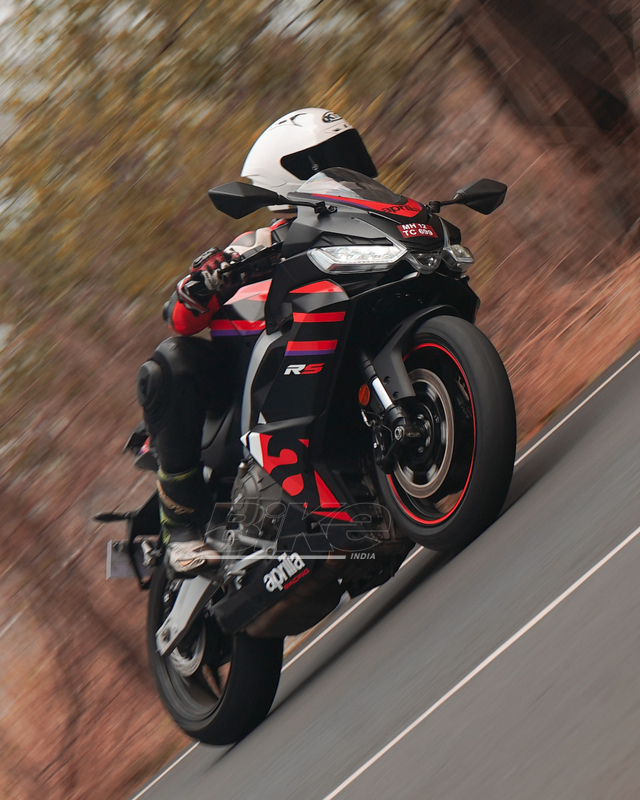
Story: Joshua Varghese
Photography: Apurva Ambep
For those of you who did not know, the “RS” in the moniker stands for “Racing Squad” at the Aprilia factory in Noale. What I like about manufacturers like Aprilia is that they build and race motorcycles. Which means they are no strangers to engineering the best possible solutions to comply with a set of technical regulations.
The RS 457 is the most accessible Aprilia motorcycle in India but it was made for Europe. Aprilia claim that the RS 457 is the best possible solution for the restrictions enforced by the A2 motorcycle riding licence in that continent which includes a 35-kW (47.6 hp) power limit while power-to-weight ratio is capped at 0.2 kW/kg.
In India, we call that good news because this machine is locally manufactured at Baramati, Maharashtra, and is available to us at an enticing price, adding spice and drama to a segment that otherwise had only two major players. Our first proper introduction took place at the racetrack where it lived up to the expectations of an Aprilia. After a fairly long wait, we finally got a chance to ride it in town and on our favourite roads.
Some say that a sport bike is developed around its engine and should that be the case, you must know that this is a new mill and not just a downsized powerplant from its larger sibling. It is a 457-cc, eight-valve, DOHC, liquid-cooled, parallel-twin engine with a 270-degree crankshaft. They have extracted enough power to meet the A2 limit—47.6 hp at 9,400 rpm and a peak torque of 43.5 Nm at 6,700 rpm—but we feel they could have extracted more if they wanted to. It is noisy at idle as compared to its peers but the character of the engine is evident almost as soon as one starts moving. This is an engine that is excited about being put through its paces. Since it weighs only 175 kilograms (kerb) and has 47.6 hp, the power-to-weight ratio is a very good 272 hp/tonne. It does not take much to get moving and then it properly comes alive in the mid-range and retains that level of enthusiasm all the way to the 10,500-rpm red-line.
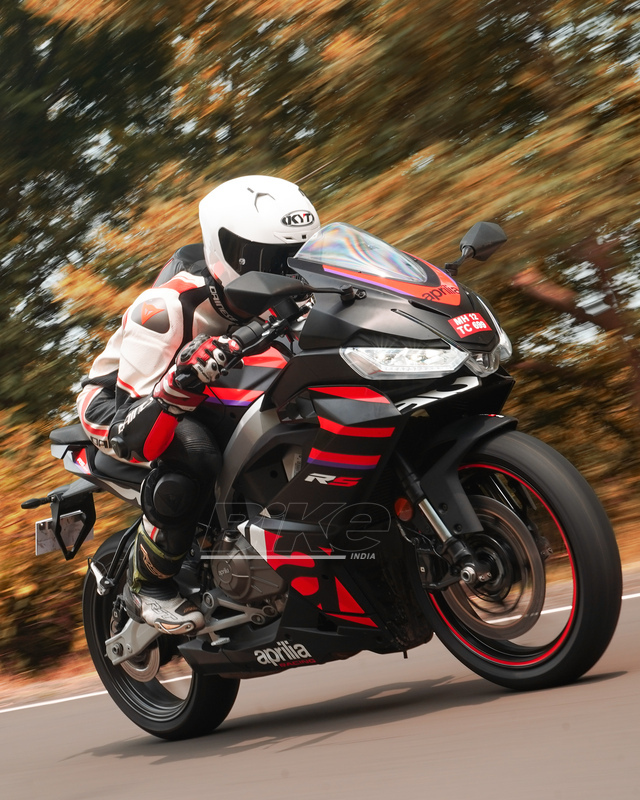
Transmission is managed by a six-speed unit and I would not say the motorcycle needs a quick-shifter because I had a lot of fun on the RS without it too. However, in case you do, a bi-directional unit is offered as an option. The ratios are spaced well and Aprilia claim that the motorcycle is capable of attaining a top speed of 190 km/h and, going by our experience on the track, we do not doubt it. It is also equally impressive that the RS 457 pulls away with ease from as low as 40 km/h in sixth gear. With such performance comes a trade-off in refinement but, thankfully, it is not so palpable as to ruin the experience. The same can be said of our time in town. The vibrations never bothered me and since the motorcycle is capable of cruising comfortably in higher gears, I never had to rev it very high.
Despite its power-packed performance, what impressed me most about the RS 457 was its handling. The aluminium perimeter frame uses the engine as a stressed and load-bearing member where the frame, subframe, and swing-arm are bolted on to the powerplant. They have saved a lot of weight and gained a chassis that does not flex much. The motorcycle is eager to tip into a corner and is so stable once leaned in that it inspires the rider to explore the limits of grip on offer.
TVS Eurogrip’s Protorq Extreme HR tyres complement the sporty nature of the RS well and there is plenty of grip all the way to the absolute edge. Even with the knee scraping the ground and a significant part of my body hanging off the motorcycle, my confidence in the stability of the motorcycle never wavered. Aprilia made the right call by equipping this motorcycle with radially mounted four-piston callipers from ByBre at the front because this is a machine that can be ridden fast easily. The feedback and stopping power of the brakes are adequate but rigorous hard braking can cause noticeable brake fade, but most people are not likely to push the bike to such limits on public roads.
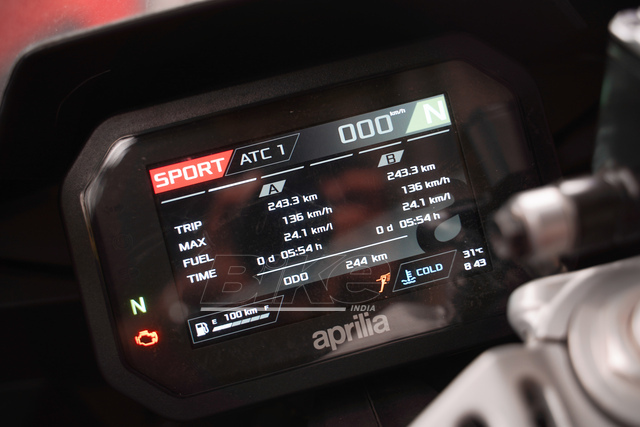
The Aprilia’s five-inch TFT display is easily the best in the segment. It feels as if it was developed by motorcyclists because everything that a rider wants to see is represented well and navigating through the menus is also simple. Aprilia were the first ones to introduce ride-by-wire in MotoGP and it trickled into their road offerings in 2007. The RS also uses a ride-by-wire system and it is no surprise that it is calibrated well for all three riding modes on offer: Sport, Eco, and Rain. There are three levels of traction control on offer and my favourite setting was “Sport ATC 1” but I did use Eco during my time in town. Eco is more than enough for urban use and since I used Sport only on the open road, an overall fuel efficiency of 24.1 km/litre was easily achieved.
It is reasonable to assume that such an enjoyable machine may be uncomfortable to ride but that is not the case with this one. The seat is 800 millimetres off the ground but its contour does not make one feel so. The rider triangle is somewhat committed but not uncomfortably so. I rode it to the outskirts of town and back through heavy traffic without much fatigue. It is certainly usable as an everyday machine. The suspension is adjustable for preload both at the front and rear; something unique to an Aprilia in this segment. That said, even with my eyes closed, I could easily tell if the road I was on was made of concrete or tar, something that is not so evident in motorcycles that have a softer set-up. Would I change anything about it? Certainly not.
The styling of this Aprilia is, perhaps, the easiest thing to describe because Aprilia have got the basics right and kept it true to the RS heritage. Every part of the motorcycle is as committed to form as it is to function. The triple-bulb headlight is a signature RS feature while other elements such as the fairing and minimal tail section round off the shape quite well. Despite its compact size, it did not feel cramped when I had to tuck in behind the fairing. Even without the flashy stickering, it is easy to identify it as an Aprilia. In my opinion, the paint schemes that offer red wheels look mint.
That is everything we liked and disliked about the RS 457 but the icing on this Italian cake is the price. At Rs 4.10 lakh (ex-showroom), it is easily the most accessible motorcycle in its segment. Primarily because the others come as completely built-up units (CBU). Even without factoring in the price, it is the largest, fastest, and most powerful motorcycle in its segment. Besides, it handles like a dream. Simply put, it is a benchmark product at an attractive price.
Also Read: Kawasaki Ninja 500 Review

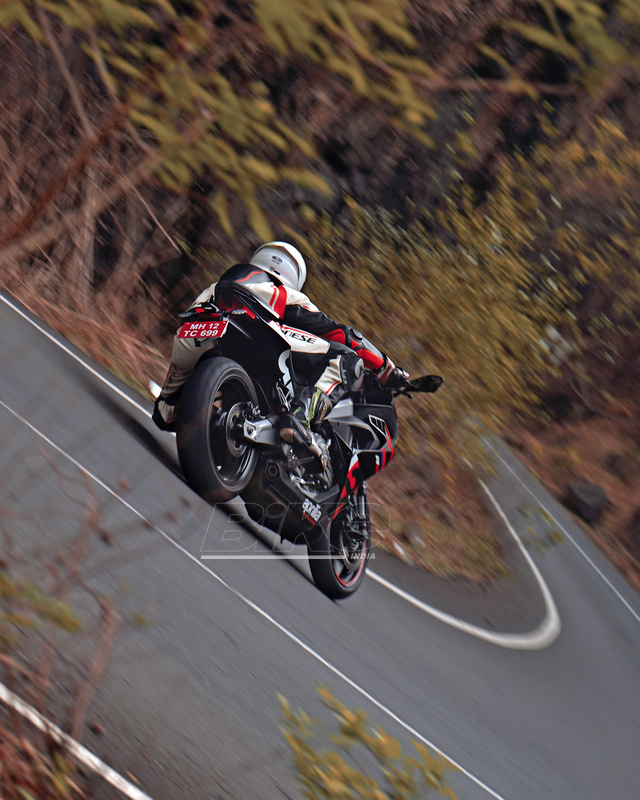
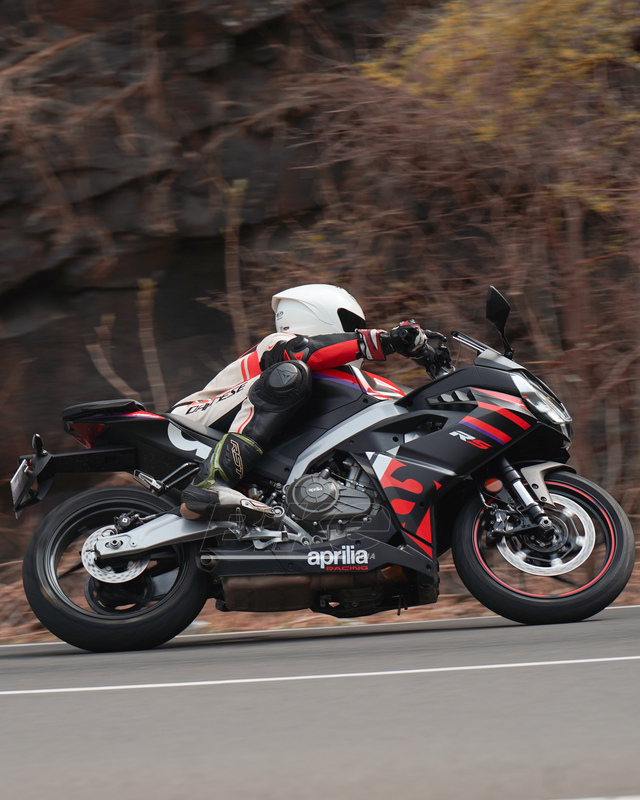
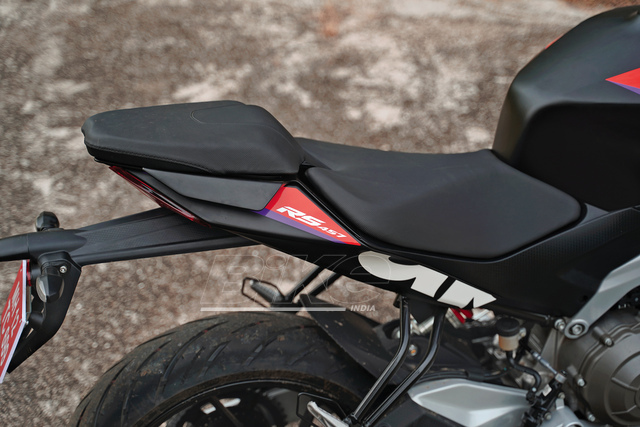
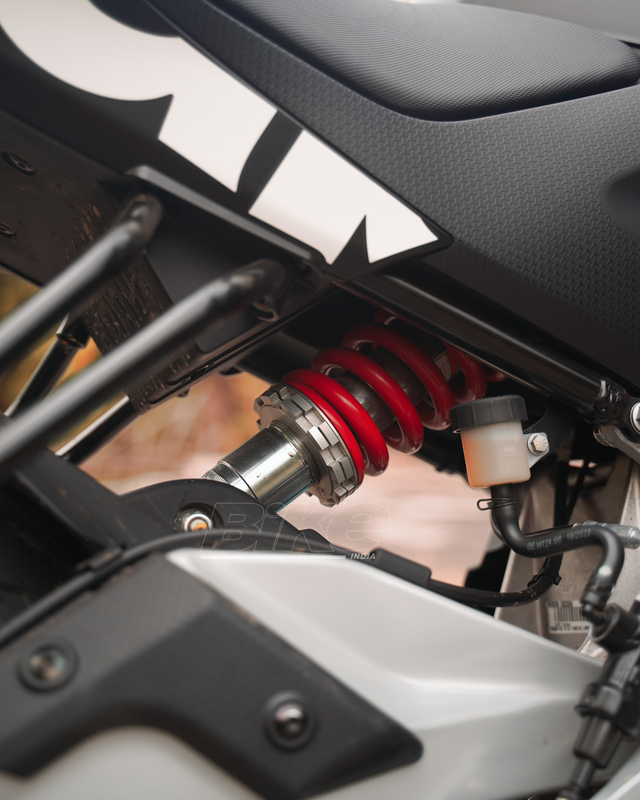
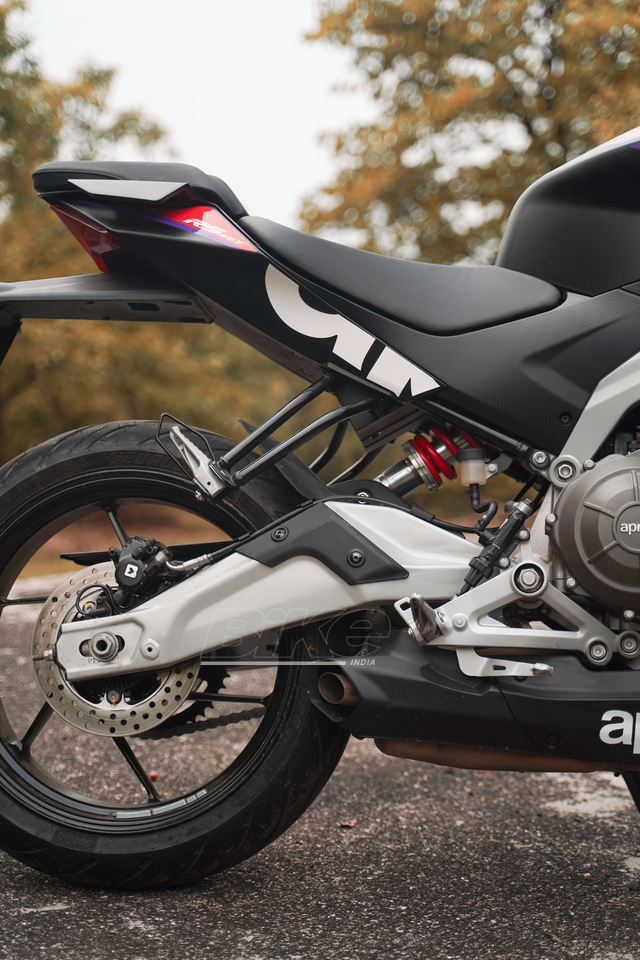
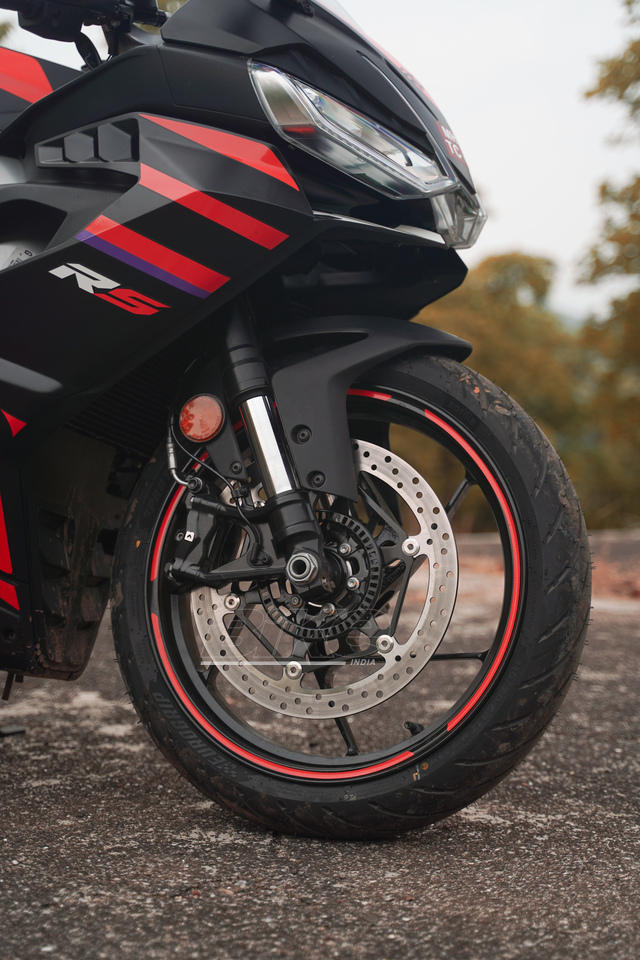
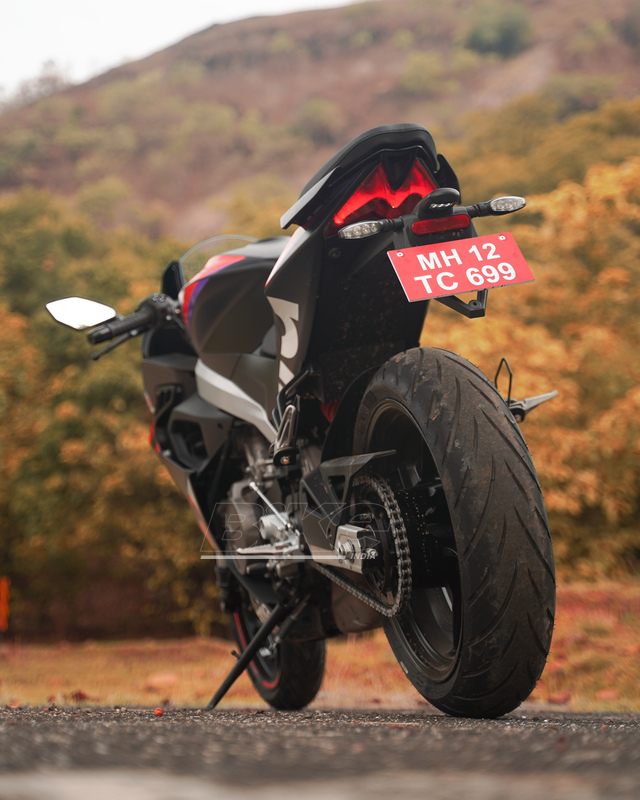
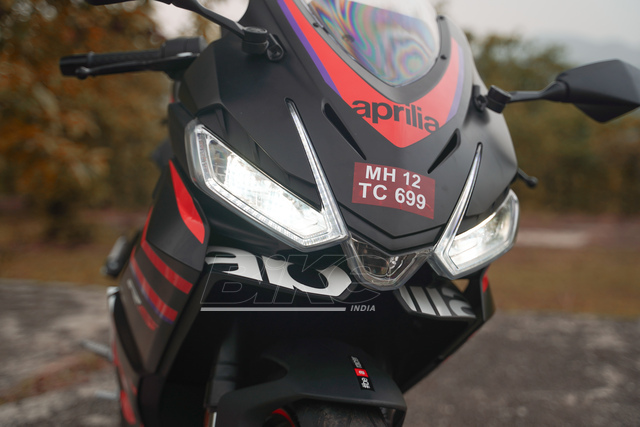
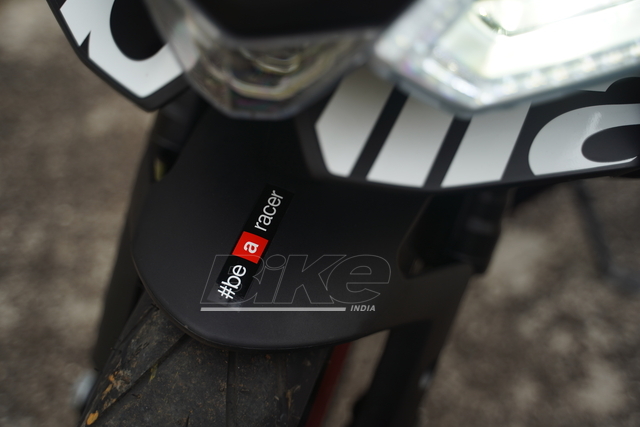
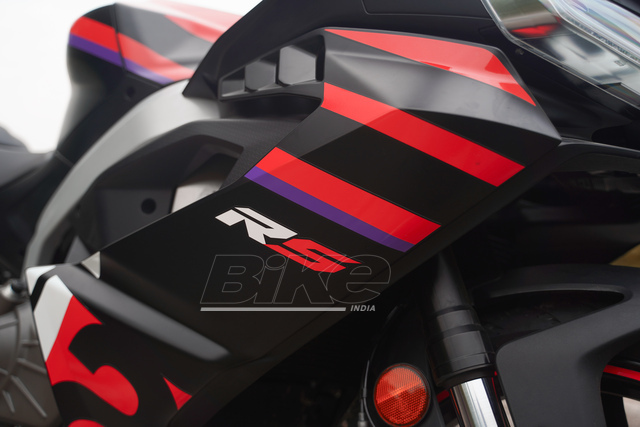
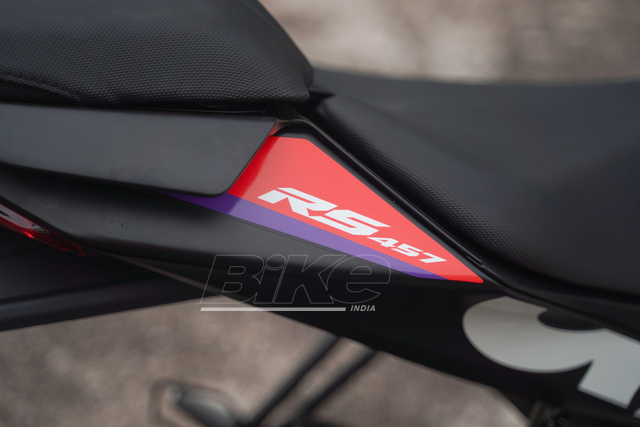
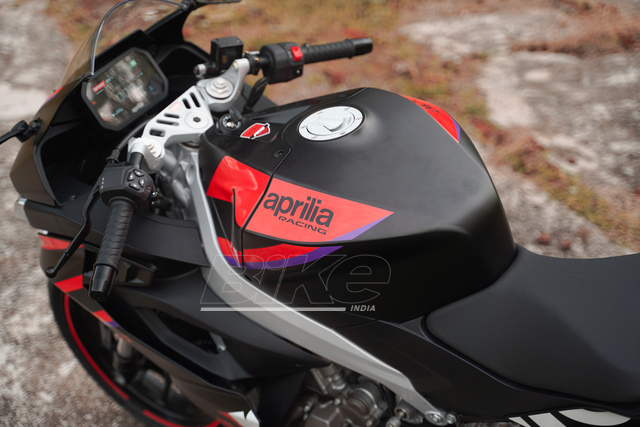
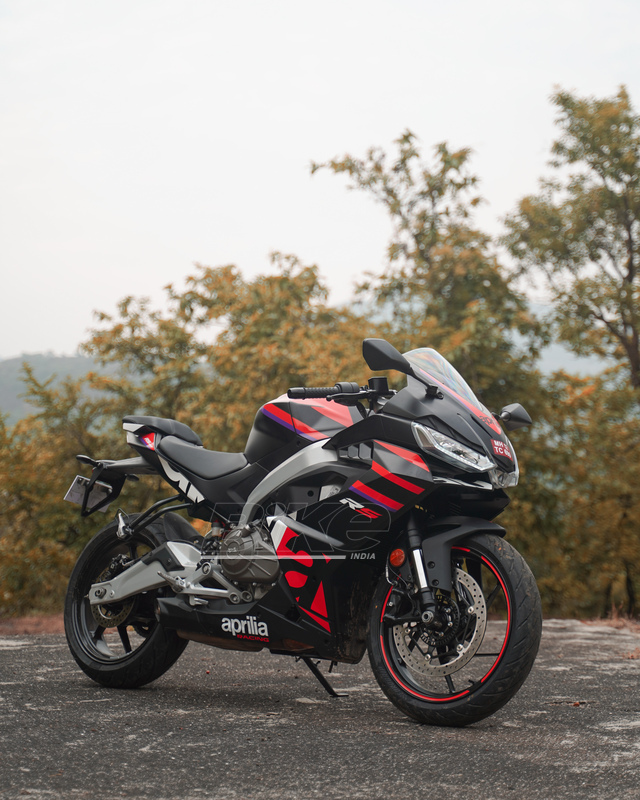

Leave a Reply